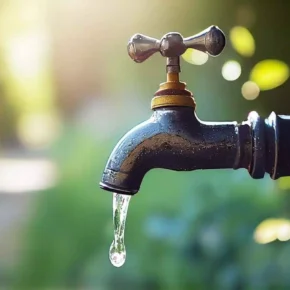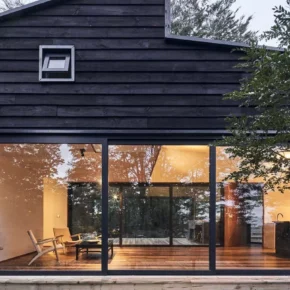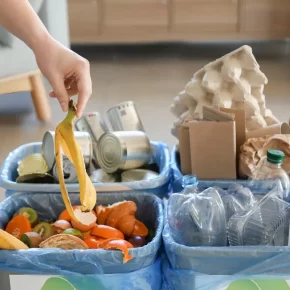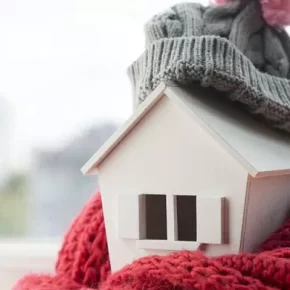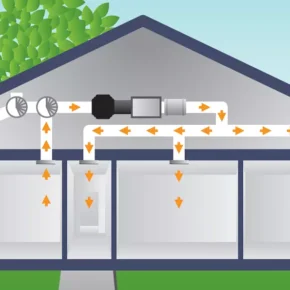Energy costs can be a large part of the household budget, but there are simple and effective ways to reduce these costs.
By following a few simple tips, you can significantly reduce your energy consumption, reduce your impact on the environment, and save money at the same time.
1. Use energy-efficient equipment
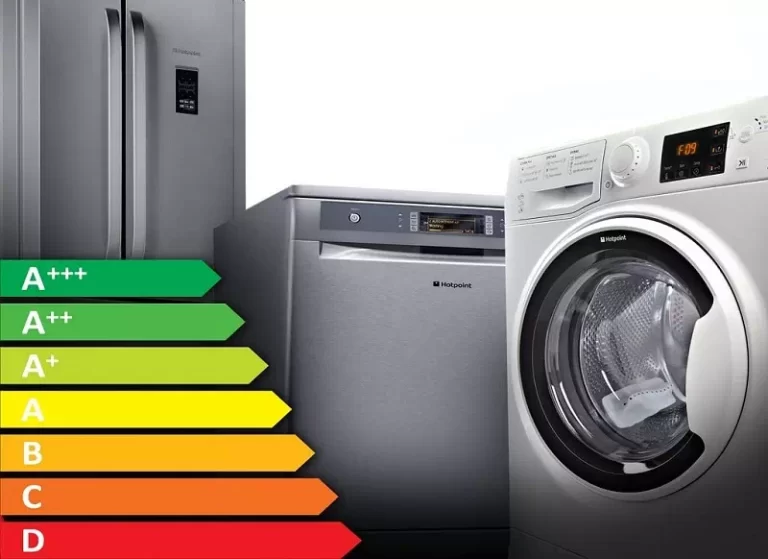
Modern energy-efficient appliances consume much less electricity compared to older models. Pay attention to the energy efficiency labeling of appliances, especially when choosing household appliances. Buying refrigerators, washing machines and air conditioners with a high energy efficiency class (A+, A++, A+++) can significantly reduce your electricity bills.
Tip : When replacing old equipment, choose new models with the highest energy efficiency class.
2. Use LED lamps
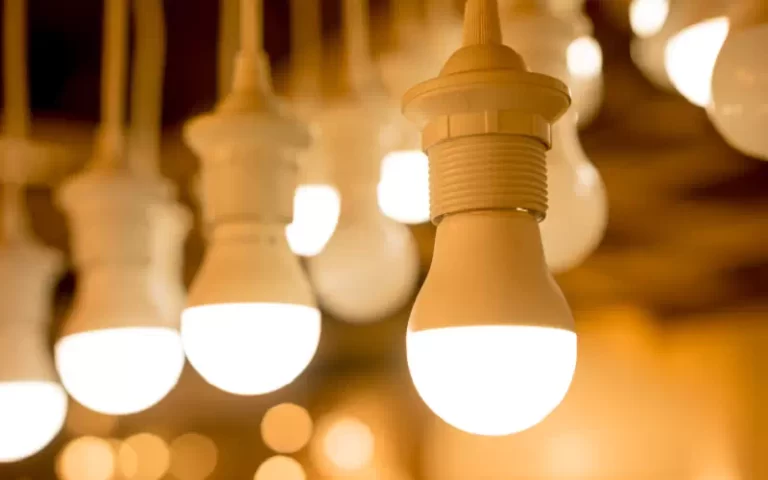
Replacing ordinary incandescent lamps with LED lamps allows you to reduce electricity consumption for lighting by up to 80%. LED lamps consume significantly less energy and have a longer service life, which makes them cost-effective.
Tip : Change the lamps gradually, starting with the rooms where the light is used most often.
3. Turn off the appliances from the outlet
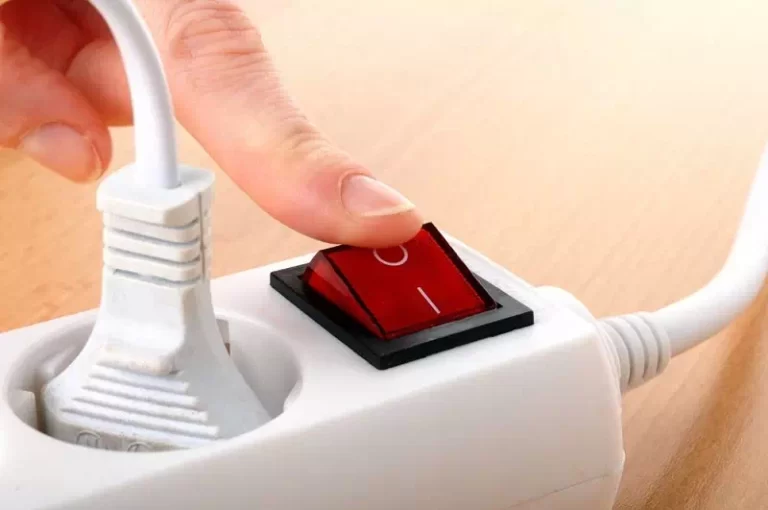
Many electrical appliances continue to consume electricity even in standby mode . For example, TVs, computers, chargers and other gadgets can consume electricity when they are simply plugged into an outlet.
Tip : Unplug all appliances when not in use or use outlets with a switch.
4. Install smart thermostats
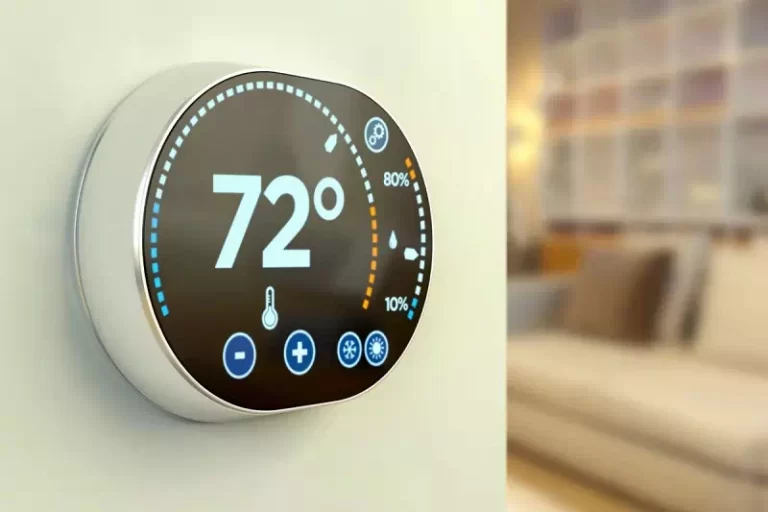
A smart thermostat can help you control your home’s temperature and reduce your energy costs by reducing heating or cooling when you’re not home. This allows you to save energy without losing comfort.
Tip : Set the thermostat to a lower temperature at night and raise it only when you are home.
5. Use natural lighting

Make the most of daylight . Open curtains and blinds during the day to let in natural light, and turn off unnecessary artificial light sources in the evening.
Tip : Light interior colors contribute to better light reflection, which allows you to reduce the use of artificial lighting.
6. Economical for laundry and dishwashing
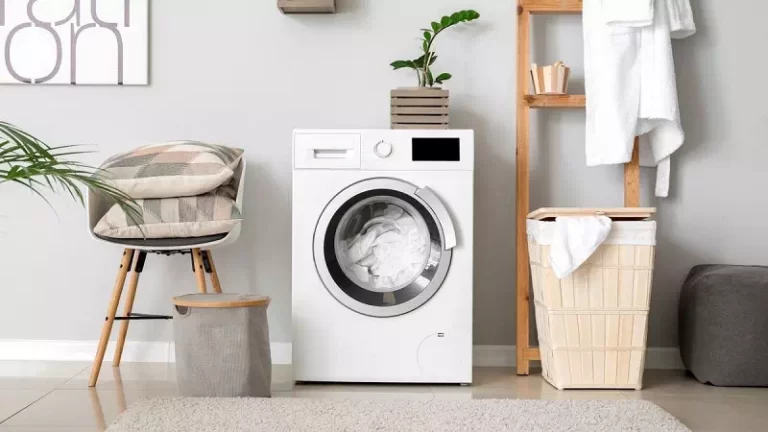
Washing machines and dishwashers consume a lot of energy, especially at high temperatures. Use economical modes of operation of these devices and start them only when fully loaded.
Tip : Preferably wash dishes and clothes at low temperatures or in energy saving mode.
7. Install timers or motion sensors for lighting

The use of timers or motion sensors for lighting allows you to automatically turn off lights in rooms where there are no people. This is especially useful for hallways, stairs, basements and other low-use areas.
Tip : Set motion sensors to light only when you really need it.
8. Regularly service the equipment
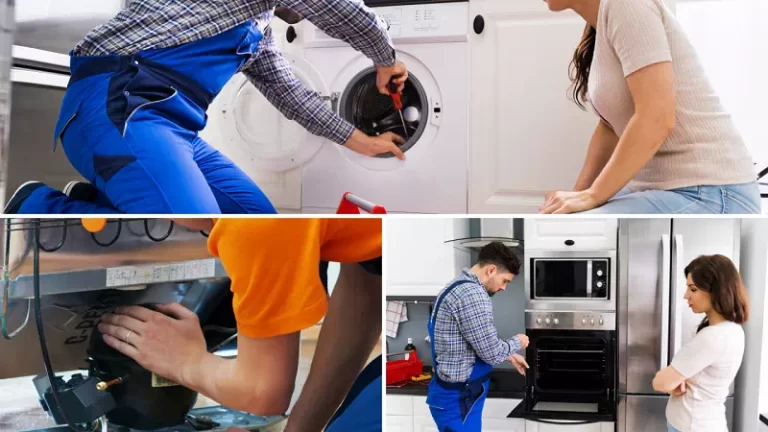
Clean and serviceable equipment works more efficiently and consumes less energy. Regularly clean the filters of air conditioners, washing machines and dishwashers, check the tightness of the refrigerator and freezer doors.
Tip : Perform timely maintenance of all appliances to avoid increased energy consumption due to malfunctions.
9. Use less energy-intensive kitchen appliances
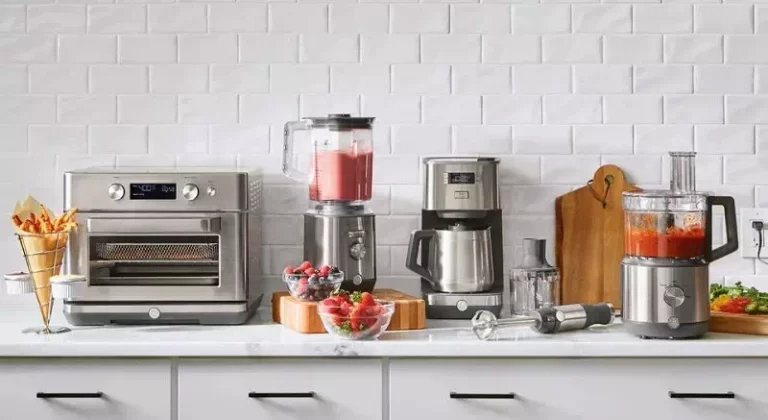
Microwave ovens , slow cookers and other energy-saving devices can consume significantly less electricity than conventional stoves or ovens.
Tip : If possible, cook small meals in the microwave or slow cooker to avoid unnecessary energy costs.
10. Switch to alternative energy sources
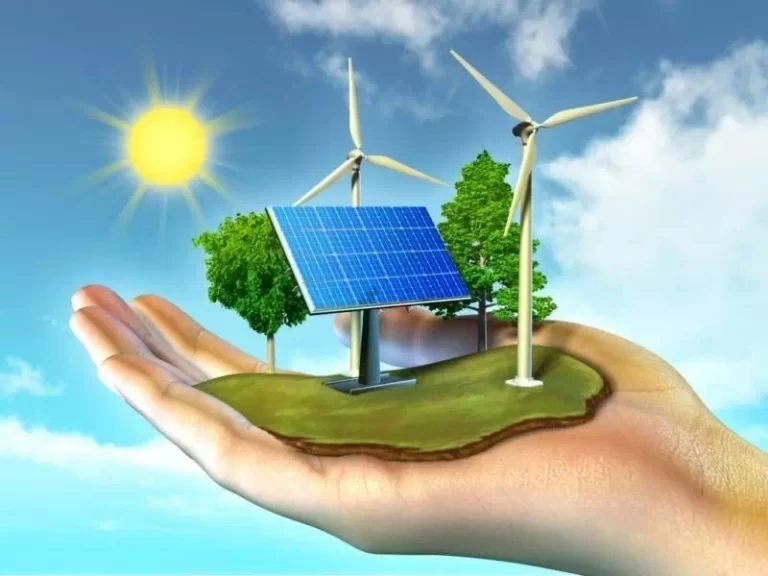
If you can, install solar panels or other renewable energy sources. This will significantly reduce electricity costs in the long run.
Tip : Invest in alternative energy sources if you want to completely or partially reduce your dependence on traditional energy suppliers.
Saving electricity starts with simple habits that can have a big impact on your bills. By using energy-efficient appliances, unplugging appliances, implementing smart technology and following other tips, you can reduce your energy costs and make your home greener.


